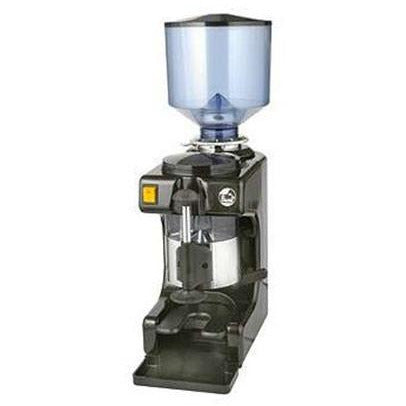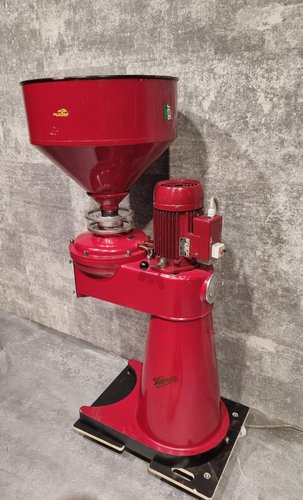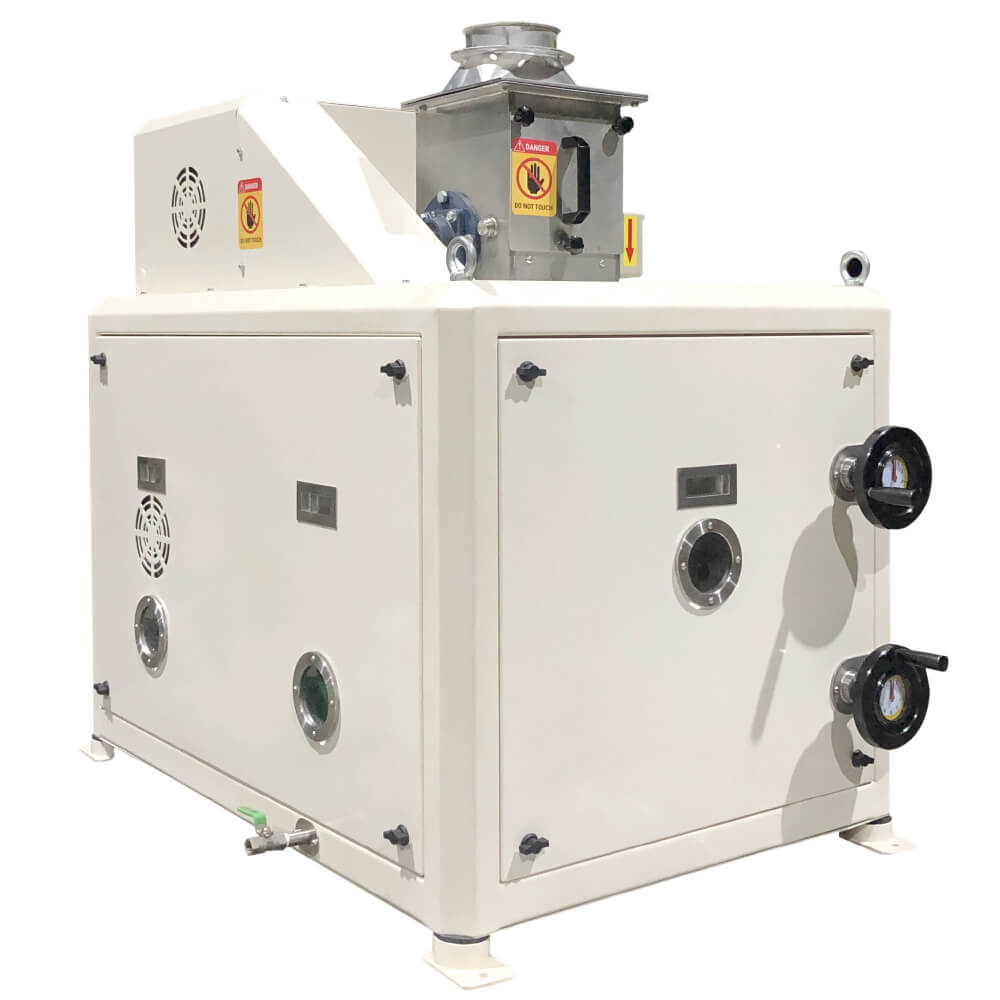Industrial Coffee Grinder Care Tips for Optimal Use
Industrial Coffee Grinder Care Tips for Optimal Use
Blog Article
Industrial Coffee Grinder Overview: Boost Performance and Quality
In the affordable landscape of coffee manufacturing, choosing the appropriate commercial coffee mill plays a pivotal duty in boosting both efficiency and item quality. Understanding the nuances of different mill kinds and essential features-- such as customizable grind settings and robust building and construction-- can significantly influence the final flavor profile of the coffee.
Understanding Grinder Types
When picking an industrial coffee mill, recognizing the numerous types offered is essential for optimizing both flavor removal and operational effectiveness. The two main kinds of grinders are blade grinders and burr grinders.

Inevitably, choosing the right kind of mill is important to keeping quality and performance in coffee production, making it important for organizations to purchase top notch burr grinders for optimum outcomes.
Trick Attributes to Think About
Picking a commercial coffee grinder requires mindful factor to consider of several vital features that can considerably influence both performance and the overall coffee experience. One of the primary facets to examine is the grinding device. Burr grinders are generally chosen over blade grinders, as they provide a constant work size, which is essential for optimum extraction and taste.
Another important attribute is the grinder's capability. Relying on the volume of coffee you require to procedure, select a model that can handle your requirements without compromising rate or top quality. In addition, take into consideration the grind settings provided. A flexible grinder with several settings enables you to tailor the grind size to various developing approaches, enhancing the coffee's taste account.
The building and construction material additionally plays a duty in sturdiness and upkeep. Stainless-steel elements frequently supply durability and are simpler to clean up, which is important for keeping hygiene requirements. Examine the grinder's noise degree, specifically in a busy coffee shop or production setting, where excessive sound can be turbulent. Investing in a mill that balances these features can significantly enhance both operational efficiency and the top quality of the coffee offered.
Optimizing Grinding Process
To attain the very best outcomes in coffee prep work, optimizing the grinding process is important. The grind dimension significantly influences extraction, taste, and overall top quality of the brewed coffee. Different developing techniques call for particular grind sizes; for example, espresso demands a fine work, while French press demands a coarse structure. Comprehending the relationship between work dimension and brewing technique is the primary step in optimization.


Furthermore, monitoring the grinding rate can maximize the procedure. Slower grinding commonly creates less heat, protecting fragile tastes and aromas. Alternatively, faster grinding might generate extreme warm, negatively affecting the coffee's quality.
Maintenance and Treatment Tips
Proper upkeep and treatment of industrial coffee grinders are vital for making certain optimum efficiency and durability. Normal cleaning is the structure of upkeep; residue accumulation can impact flavor and grinding efficiency. It is suggested to cleanse the grinder after each usage, cleaning down the outside and getting rid of any type of coffee premises from the burrs.
In addition, examine Find Out More the grinding burrs for deterioration. Plain burrs can jeopardize grind consistency, so they must be changed as necessary. Industrial Coffee Grinder. Periodically calibrating the mill is also essential, as this keeps the preferred work size for various developing approaches
Lubrication of relocating components must be executed according to the maker's specs, as this lowers friction and lengthens the life of the devices. It is vital to utilize food-grade lubricating substances to ensure safety and conformity with health and wellness laws.
Finally, maintain the grinder in a completely dry and stable environment to avoid rust and rust. By sticking to these upkeep and care ideas, drivers can improve the performance of their industrial coffee grinders while making sure high-quality outcome and expanded operational life.
Roi Evaluation
Assessing the roi (ROI) for industrial coffee mills is crucial for companies looking for have a peek at this site to enhance their coffee manufacturing abilities. A complete ROI analysis helps identify the monetary feasibility of buying top notch mills, permitting services to consider the first expenses versus prospective gains.
Examine the acquisition cost of the grinder, consisting of installation and any essential alterations to existing framework. High-performance grinders often lead to decreased grinding time and increased throughput, which can considerably boost performance.
Additionally, consider the influence on item quality. Industrial Coffee Grinder. Superior grinders yield a more constant work dimension, which can enhance flavor accounts and client contentment, eventually driving sales. By raising the top quality of the end product, services can justify higher prices, leading to enhanced earnings
Final Thought
In recap, an industrial coffee Check Out Your URL grinder plays a critical function in enhancing both efficiency and product high quality within coffee manufacturing. By picking top notch burr grinders equipped with essential features such as flexible grind settings and resilient building and construction, companies can make certain optimal taste removal. Regular upkeep is vital for sustaining mill efficiency and making best use of consumer contentment. Ultimately, the strategic financial investment in a trustworthy grinder adds substantially to enhanced income and competition in the coffee sector.
In the affordable landscape of coffee production, choosing the appropriate commercial coffee grinder plays a pivotal role in enhancing both effectiveness and item quality. The 2 primary types of mills are blade grinders and burr grinders. Within the burr mill classification, there are level burr grinders and conical burr mills, each with its advantages. Burr grinders are usually preferred over blade mills, as they supply a regular grind size, which is critical for ideal extraction and flavor.
In summary, a commercial coffee grinder plays a pivotal role in boosting both effectiveness and product top quality within coffee manufacturing.
Report this page